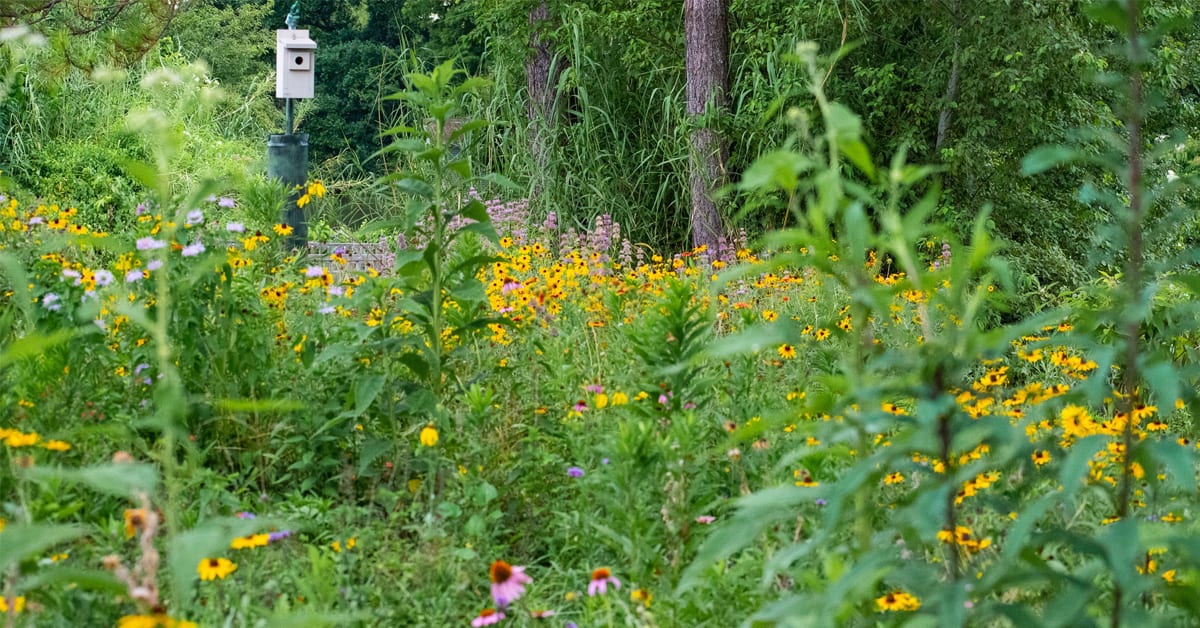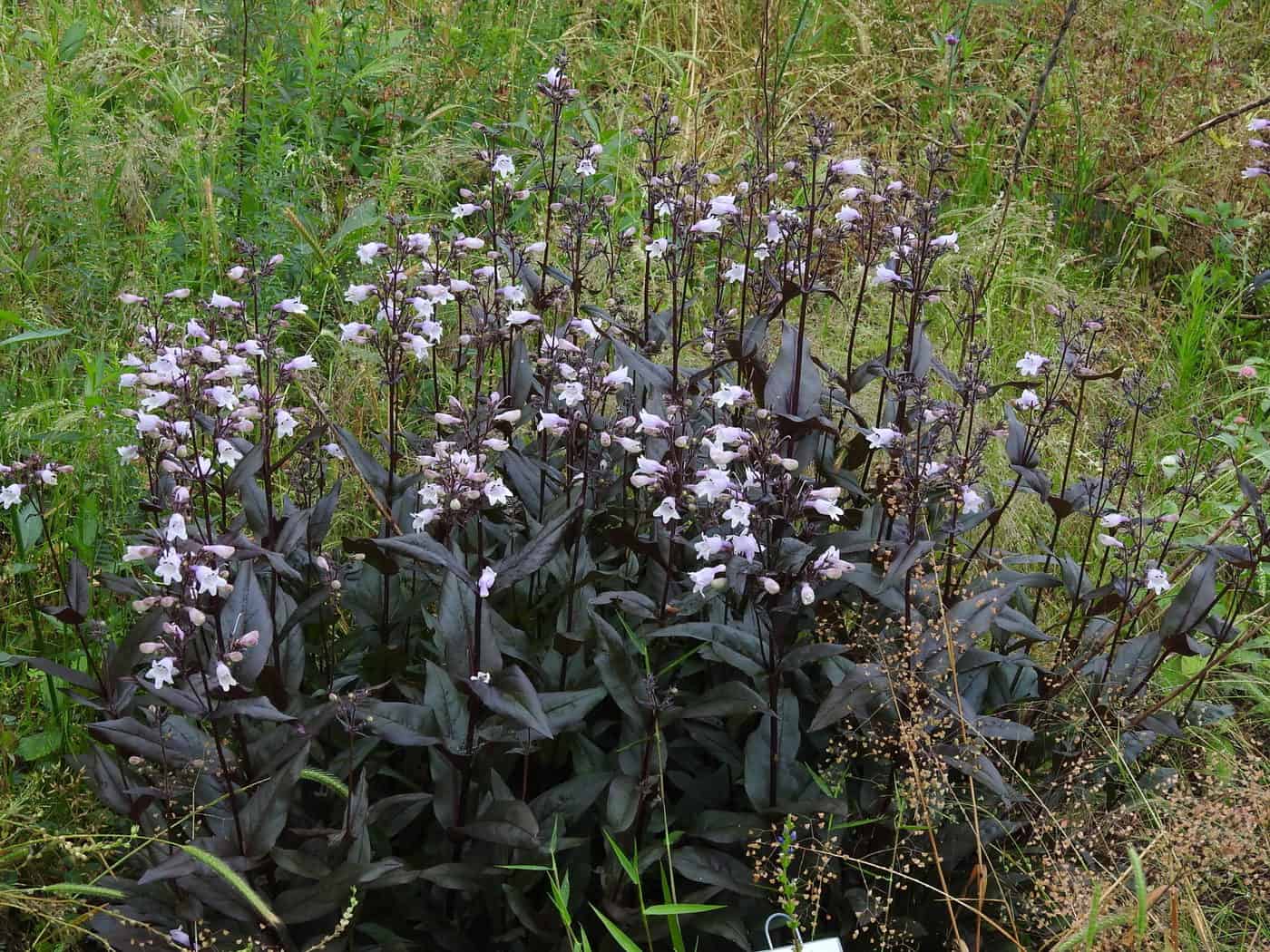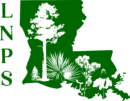Many plants sold in garden centers have been bred, selected and/or altered for specific characteristics. The word “cultivar” is the blending of words describing a cultivated variety; thus, a cultivar is selected and cultivated by humans. Native plants that have been cultivated are sometimes referred to as “nativars” describing native cultivated varieties, which are also cultivars.
Sometimes cultivars are created to produce larger flowers, bigger berries, a different color of foliage, or a more compact shape; all traits that presumably make them more attractive to the human consumer. The problem arises sometimes when this tinkering and changing of traits has collateral effects and changes the native plant’s ecological function(s). Generally speaking, as certain traits are selected in the development of cultivars, others are ignored such as fertility, nectar production, flowering period, and nutritional value. Cultivating plants to produce larger fruits can make them so large that birds can no longer eat them. Pollen and nectar chemical make-up can be altered so that the same nutrients are not present, scent can be altered in a way that make a plant unattractive, variegated leaves or different colored foliage may not contain the same compounds that supported the herbivores that would naturally eat this plant…so, the potential for the cultivation of a native species to damage its inherent value to the ecosystem is real, but largely unknown. Studies are ongoing to determine species by species data in this regard. Generally, cultivars with traits that are outside the typical natural range of a population may support fewer wildlife species.

However, one can’t assume that the actual cultivar’s genetic diversity is always lower or of less significance than that of the natural population. This is especially so for some cosmopolitan native annuals. Many annuals are grown from seed and, although they may be in a garden, they are usually cross pollinating with wild populations and or providing genetic bridges between isolated populations, thus bolstering genetic diversity. Sometimes a native species of natural genetics will be selected by growers for having some sort of natural deviance that make it more desirable to the consumer. For example, Magnolia grandiflora 'Little Gem' or 'Southern Charm', two popular named selections of Magnolia, are typically shorter than the straight species and bare rufous (rust-colored) hairs under the leaves. These are natural characteristics also found in some wild populations. Sometimes species will be given a trade name just to make the plant more sellable. Just because it has a fancy name, does not change it from the species that it is, and does not make it a cultivar. The use of any native cultivar needs to be cautiously considered on a case-by-case basis. When in doubt and whenever possible, using native plants with un-manipulated and natural genetic expressions is likely the safest and most beneficial option for wildlife and the environment.
To facilitate an informative plant purchase, the following is a brief overview of some nomenclature of species, cultivars, and hybrids. In life sciences the system of nomenclature for referencing a particular species uses two terms (i.e. Gaillardia pulchella). The first (Gaillardia) denotes the genus and the second (pulchella) denotes the specific epithet of that genus. Together (genus and epithet) references a species. Cultivars/nativars (general term for a native cultivar) of a species are usually designated with quotations after the epithet (i.e., Gaillardia pulchella 'Mesa'). Often plants are crossbred or hybridized to create cultivars. These are designated with an “x” (i.e., Ilex × attenuata 'Savanna' Holly), which is a cross between the native species Ilex cassine (dahoon) and Ilex opaca (American holly). One point of caution, if the plant is only labeled with a genus or genus “x” followed by the cultivated name, this usually indicates the plant is at the least part non-native and or of unknown origins.

